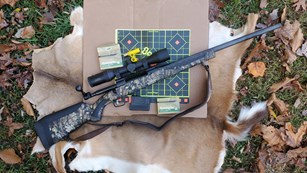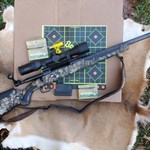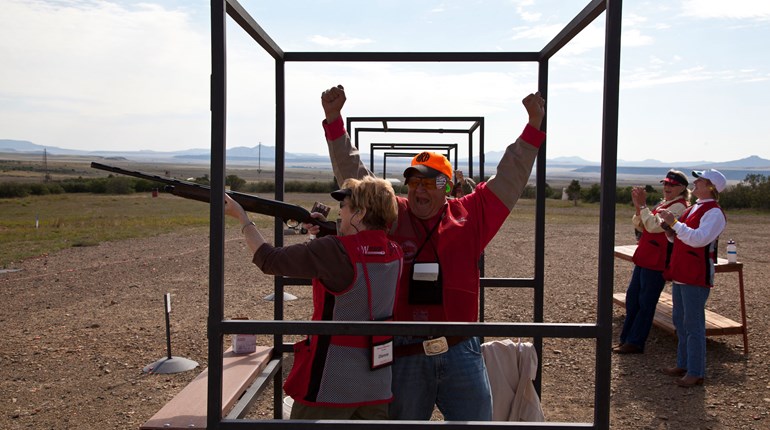
Imagine this: You’re one of the first human arrivals to the North American continent, crossing the Siberian land bridge 15,000 years ago. The land is rife with megafauna—large mammals like dire wolves, giant ground sloths weighing up to five tons, saber-toothed cats, even camels. Just a few thousand years later, almost all of those species were gone. One survivor of this so-called “Pleistocene Extinction” was the humble muskox.
Named for the strong odor that males of the species emit to attract females, the muskox is actually more closely related to sheep and goats than to true oxen. Its incredibly thick, shaggy coat led the Inuit to call it “umingmak,” which translates as “skin like a beard.” This soft, long wool keeps the muskox warm in its native habitat, the Arctic areas of North America. Its saucer-sized hooves help it move over soft tundra in the summer, and help it dig hard frozen tundra in the winter. Both males and females have long, curved horns, although males’ are larger. Mature males stand about five feet at the shoulder while females average about four.
One factor that may have helped the muskox survive is its conservative and cooperative nature. Muskox only breed when they have enough to eat, but they are extremely protective of the calves they do have. When approached by a predator, adult muskoxen form a shoulder-to-shoulder circle around the calves. The Arctic wolf is the most likely threat, although muskoxen are occasionally prey to polar and grizzly bears.
These cold-loving animals are almost exclusively found north of the Arctic Circle. Currently, there are native populations in Canada, Alaska and Greenland, with reintroduced populations in Russia and Scandinavia. Carefully managed hunting seasons have helped keep these populations healthy, although the price of a tag makes this a “dream hunt” for most people.
Fast Facts:
- Muskox fur is called “qiviut,” and is prized for its softness and insulation. Muskox yarn can fetch as much as $80 an ounce.
- Although you can’t see them, muskox actually do have tails—but they’re only about four inches long, so they’re hidden under all that fur.
- Despite where they live, muskox aren’t very good at digging through heavy snow, so their winters are spent where the snow is shallow.







































